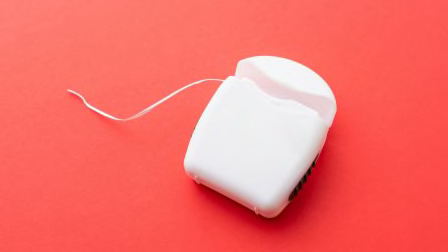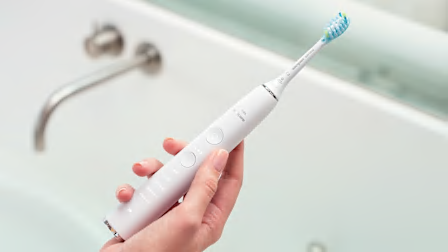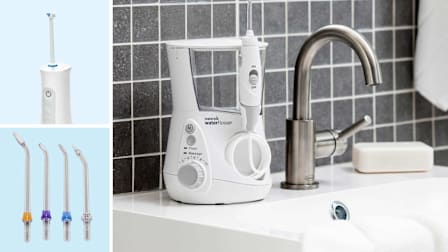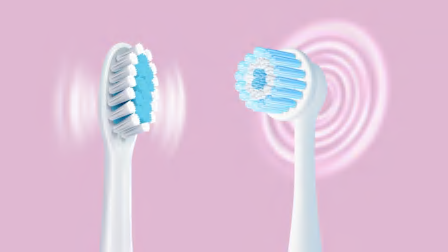How to Keep Your Teeth Healthy for Life
The toothbrushes and techniques that work best, no matter your age
When you shop through retailer links on our site, we may earn affiliate commissions. 100% of the fees we collect are used to support our nonprofit mission. Learn more.
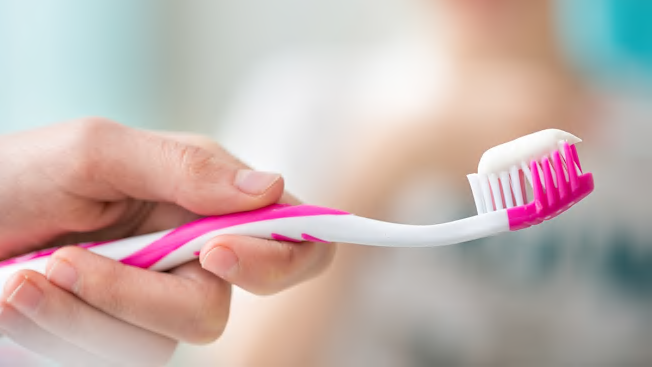
You may want to pay a little more attention to your teeth as the years pass. That’s in part because the mechanics of brushing and flossing correctly can become harder to do if you have an age-related condition like arthritis or Parkinson’s disease.
And because saliva is crucial for washing away bacteria in your mouth, problems like dry mouth (a common side effect of a variety of medications) can make you more prone to cavities.
The right tools and strategies can help you keep your teeth healthy for life. Here’s what to know.
The Best Toothbrush for You
You can achieve excellent oral hygiene with either a manual or an electric toothbrush, according to Tricia Quartey, DMD, a dentist in Brooklyn, N.Y., and a spokesperson for the American Dental Association. Your technique matters more. “It’s in the brusher, not the toothbrush,” she says.
But if you have dexterity limitations, an electric toothbrush may make it easier to brush well, Quartey says. (See our picks below.) For instance, with arthritis, gripping a toothbrush properly may be challenging. Electric ones tend to have wider, easier-to-hold handles, says Xi Chen, PhD, an associate professor of geriatric dentistry at the Ohio State University College of Dentistry.
If you prefer a manual brush, wrapping a washcloth around the handle and securing it with a rubber band can make it easier to hold, Chen says.
Brush This Way
Whichever brush you choose, make sure it has soft or extra-soft bristles, and brush for 2 minutes twice per day, cleaning the surfaces of every tooth.
Toothpaste, Floss, and More
Use a toothpaste that has fluoride, which helps prevent cavities and replaces minerals lost to bacteria. If you’re cavity-prone, your dentist may prescribe a toothpaste with a higher concentration of fluoride. In a study of 345 older adults published in 2019 in the Journal of Dentistry, researchers found that those who used a high-fluoride toothpaste had fewer cavities on the roots of their teeth (which lack protective enamel) than those who used toothpaste with a standard amount of fluoride.
Cleaning between your teeth daily is crucial for oral health because even the best toothbrushes can’t scrub away plaque that builds up there. Flossing works well but can be difficult if you have problems with dexterity. A great alternative is to use interdental brushes, which are shaped like tiny Christmas trees. Look for those that have longer handles, Chen suggests, because they will make it easier to reach your back teeth. You can also modify them for better use in the same way you might with a manual toothbrush. An option that might be even easier for some people is to use a water flosser, which emits a stream of pressurized water to clean between teeth.
If you have dry mouth, staying well-hydrated is important, so keep a water bottle with you during the day and take frequent sips. Chewing sugarless gum, especially if it contains xylitol, which may help fight cavity-causing bacteria, can also help. And if you’re really uncomfortable, talk with your dentist about prescription medications that can stimulate saliva.
Toothbrushes to Try
Check out these high-performing electric toothbrushes from CR’s tests.
Editor’s Note: This article also appeared in the July 2025 issue of Consumer Reports On Health.

















